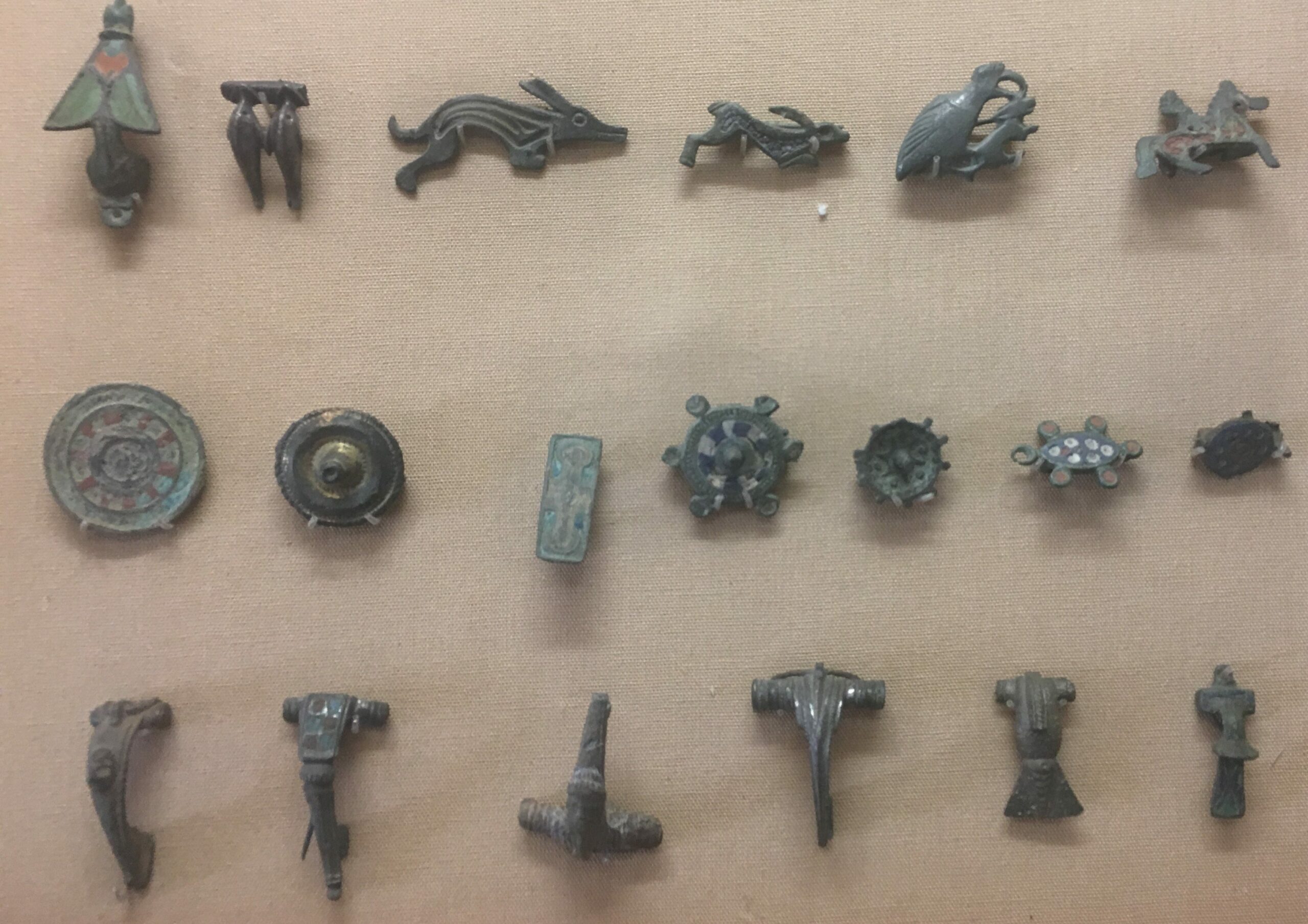The Roman Empire, by the beginning of the Common Era, had become one of the largest Empires on Earth, rivaled only by the Parthian Empire of the Near-East and the Han Empire of China. However, the political and social doctrine of the Empire necessitated continuous growth into surrounding areas. Britain, was different. The Romans had quickly realised that they could create more profits through tributes and duties than taxation, if they were to invade.
To this end, the Empire created a series of Client Kingdoms in Southern Britain, ensuring a continual income from the British Isles. The King of the Atrebates tribe, that was situated in England, near modern Silchester, was deposed following a revolt by the tribe. The King, Verica, had been a client King of the Empire and as such, fled to Roman Gaul. Using this as an excuse for invasion, Emperor Claudius charged Aulus Plautius and four legions to conquer Britain and set up a new province of the Empire, under the pretense of restoring Verica to his throne.
The physical location of the Roman invasion and combat is somewhat contentious as there are multiple different places where the Legions could have land. The most likely was Kent, specifically Richborough. However, there are multiple other locations, such Chichester and Southampton.
The location of the landing does not matter to the invasion, however, as the Romans landed without any resistance. The first major British Resistance came with the Battle of the River Medway. The British were led by the brothers Togodumnus and Caratacus of the Catuvellauni Tribe. With the Roman and British forces meeting at a river crossing, the battle began. Lasting for two days, the battle quickly turned favourable to the Romans, with much of their force pushing across the river and forcing the British to retreat past the Thames.
The Romans pursued the Britons across the Thames, sustaining losses in the Essex Marshes. However, Roman forces continued to push into Britain, with Togodumnus dying during the Battle of the Thames. After sustaining losses from the vengeful Britons, the Roman forces requested reinforcements from the Capital. Emperor Claudius arrived soon after, supposedly accompanied by a contingent of War-Elephants and siege artillery. Soon after arriving, the Britons surrendered to the victorious Romans.
After the British surrender, the province of Brittania was created, with its capital in Camulodunum, Modern day Colchester. After the creation of the Province, the Legions were split up and sent in multiple different directions across Southern-Britain. The Legions eventually stopped, creating a border that stretched from the Severn Estuary to the Humber Estuary.
While the conquest of Britain was underway, the Romans set about ‘modernising’ the province, creating infrastructure and replacing the British Nobility with Roman Colonists. The Legions also became a permanent fixture of the province, with many of the soldiers being given parcels of land to farm in the service of the Empire. By the middle of the First Century CE, Britain was well on its way to becoming a very profitable province of the Empire. Wiltshire in particular was of importance to the Roman occupiers as it was land suitable for farming and was close to the early Roman-British border. Many Villas have been discovered that suggests a large Roman Noble class in Wiltshire. However, the main population of Wiltshire was still Britons and eventually Romano-Britons. By the withdrawal of Roman Authority from Britain, the population had become Roman, sharing many traditions and ideals. This stayed until the Saxon invasions of England, ending nearly 500 years of Roman rule.


